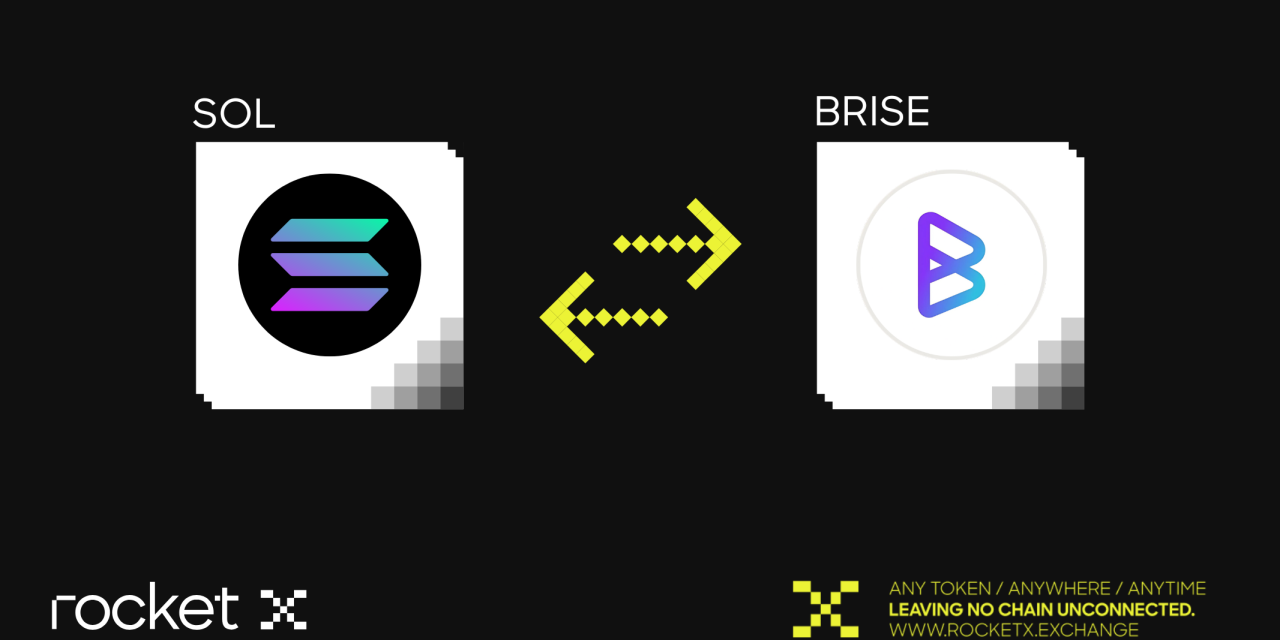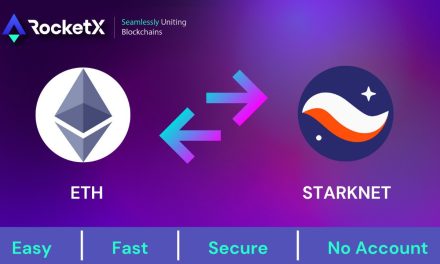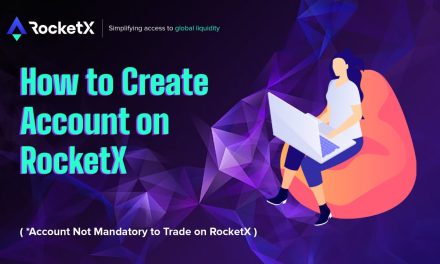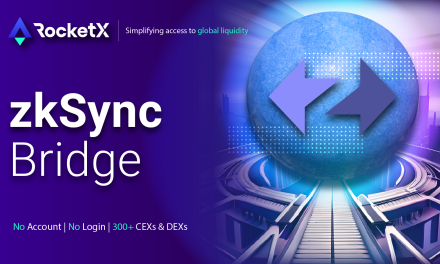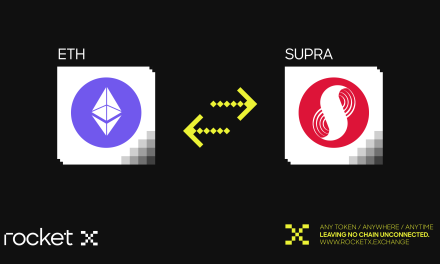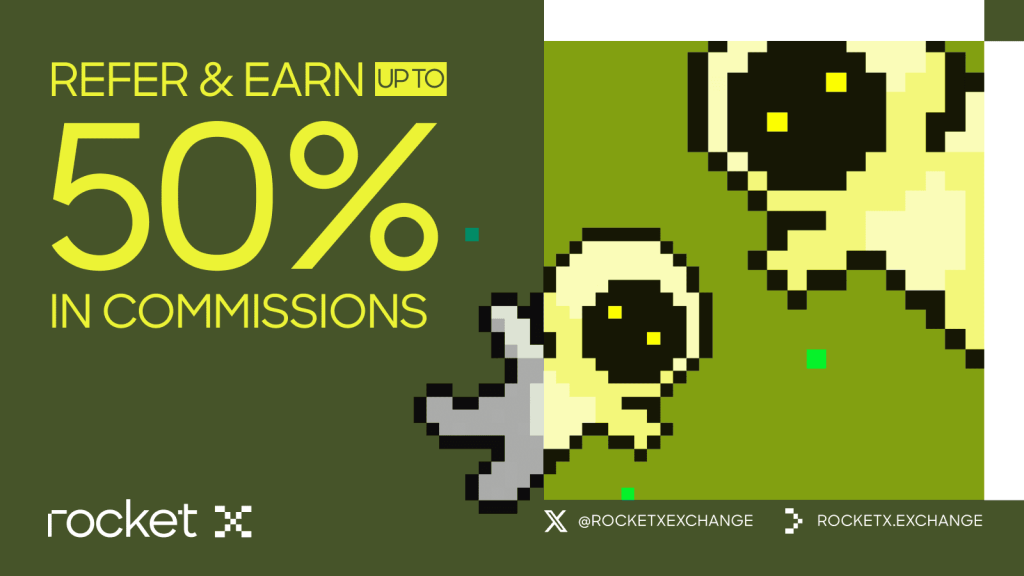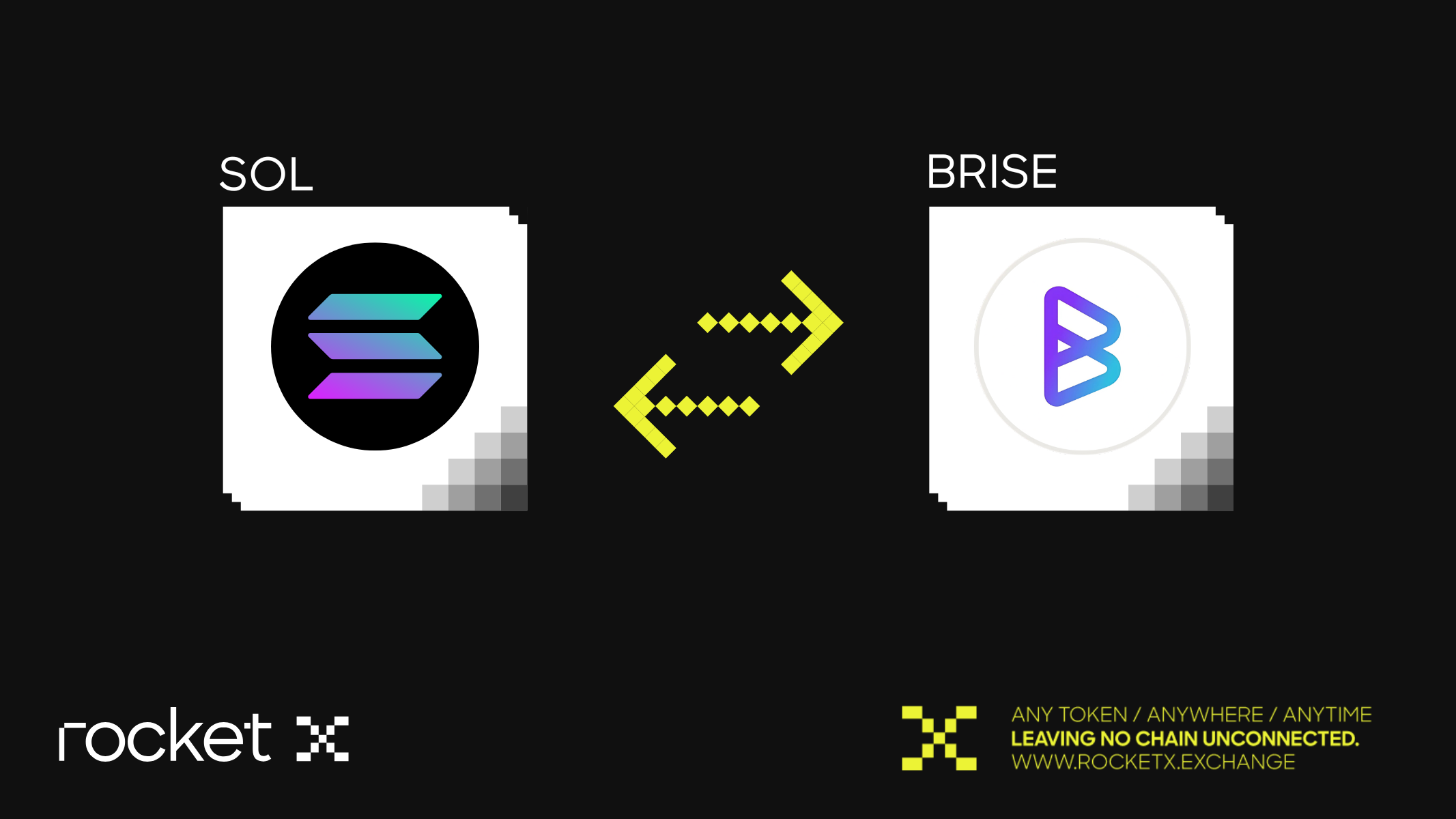
Blockchain technology has become a cornerstone for decentralized applications, reshaping the financial landscape and empowering innovations in DeFi, NFTs, and Web 3.0. Among these innovations, the Bitgert Chain stands out for its unique features and ambitious roadmap. Known for ultra-low fees and high transaction speed, this platform offers a new approach to blockchain efficiency. Let’s take an in-depth look at what makes this blockchain different, its tokenomics, and how to bridge to it via RocketX.
What is Bitgert Blockchain?
Bitgert aims to tackle some of the primary pain points of traditional blockchains: high fees and slow transactions. Initially launched on the BNB Chain, the platform rebranded in late 2021, adopting the Bitgert name to reflect its transition from an app-based project to an independent blockchain network. In February 2022, the team launched its BRC20 blockchain, delivering a low-fee solution with a remarkable transaction speed of 100,000 transactions per second (TPS). By solving two of blockchain’s biggest hurdles, Bitgert sets itself up as a versatile tool for developers and users alike.
This blockchain’s appeal lies in its scalability and cost-effectiveness, which give it a competitive edge for developers of decentralized applications (DApps) in sectors as varied as DeFi, gaming, and even supply chain management. With near-zero fees, it’s also highly accessible, particularly for those who rely on frequent transactions without the added cost.
Why Choose a Fast and Low-Cost Blockchain?
Bitgert’s commitment to speed and affordability means that users enjoy fast transactions without the financial barriers seen in traditional blockchain platforms. Transaction fees, often referred to as “gas fees,” can limit blockchain’s usability for micro-payments and high-frequency trading, making them impractical on networks with higher costs. Bitgert overcomes this with fees as low as $0.00000001, opening doors for applications that depend on micro-transactions, such as gaming rewards or in-app purchases.
Not only does this approach appeal to users seeking affordability, but it also paves the way for high-demand applications that require fast processing times. At 100,000 TPS, the platform is positioned among the fastest in the industry, which is crucial for maintaining performance as the platform scales.
What Role Does $BRISE Play?
At the heart of the Bitgert ecosystem is the $BRISE token, the platform’s native asset. Originally launched as a BEP-20 token on the BNB Chain, $BRISE now operates on the BRC20 blockchain. The token serves multiple functions:
- Transaction Fees: Though fees are minimal, $BRISE is used for transaction costs within the ecosystem, ensuring smooth and affordable transfers.
- Staking Rewards: The platform allows users to stake $BRISE and earn rewards, with staking periods offering flexibility to cater to different user preferences.
- Platform Utility: $BRISE powers the decentralized applications within the ecosystem, including Bitgert’s DEX (decentralized exchange) and other tools.
Additionally, the token has a deflationary model, with a portion of each transaction allocated to a buyback and burn mechanism. This approach reduces circulating supply over time, potentially increasing token value.
Tokenomics of $BRISE
The tokenomics of $BRISE play a significant role in its appeal. With a total supply of 1 quadrillion tokens, Bitgert has structured $BRISE to encourage long-term holding and reduce inflationary pressures. Here’s how the token distribution works:
- 50% Initial Burn: This initial burn helped reduce the supply significantly, supporting the token’s long-term value.
- 38% for Liquidity: Ensures that $BRISE remains stable and tradable across various exchanges.
- 7% for Development and Marketing: Funds allocated for expanding the platform and attracting new users.
- 5% for Team: Rewards for the developers and team members working to grow the Bitgert ecosystem.
This deflationary mechanism is strengthened by a buyback program, whereby 5% of each transaction fee is allocated for token buybacks and burning, supporting price stability.
How to Buy $BRISE or Bridge Assets to the Bitgert Network
If you’re ready to engage with the Bitgert ecosystem and need to transfer assets onto the Bitgert Chain, RocketX offers a streamlined solution. This step-by-step guide will walk you through the process of bridging or converting assets to Bitgert, enabling easy interaction within its ecosystem.
Step 1: Access RocketX Exchange
Begin by visiting the RocketX Exchange website to start the bridging process.
Step 2: Connect Your Wallet
Click on “Connect Wallet” to link a compatible wallet like MetaMask, Trust Wallet etc. This connection allows RocketX to interact with your assets and complete the transfer seamlessly.
Step 3: Select Networks and Tokens
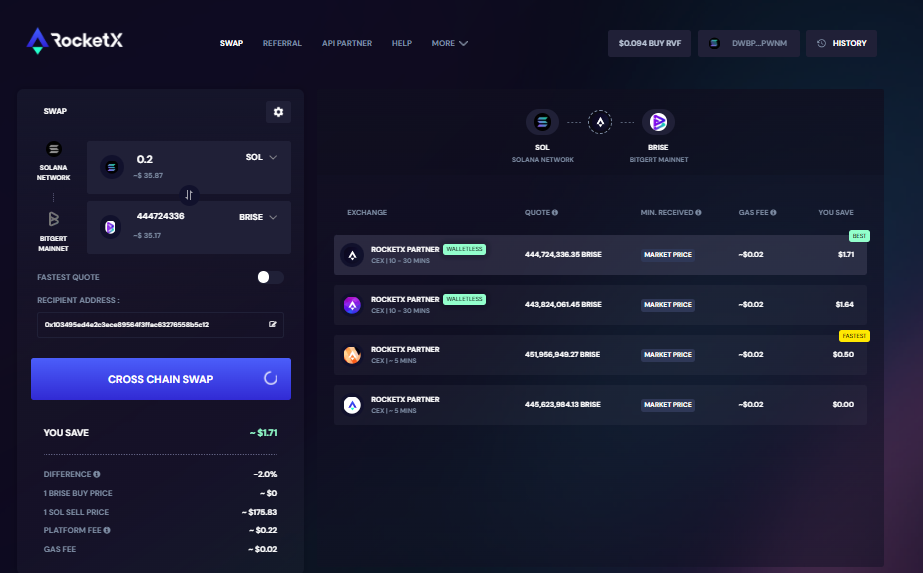
Step 4: Confirm and Initiate the Bridge
- Review Details: Verify all transaction information, including fees and destination addresses.
- Initiate the Transfer: Click on the “Cross Chain Swap” option, confirm the transaction in your wallet, and monitor the transfer’s progress through RocketX.
Bitgert’s Market Potential
Bitgert has carved out a unique position in the blockchain space, thanks to its ultra-low fees, fast transactions, and diverse ecosystem. Designed for more than just standard blockchain applications, Bitgert appeals to developers and users alike who seek an affordable alternative to costly networks. Its combination of speed, efficiency, and low costs makes it particularly suitable for sectors like DeFi, NFTs, and Web 3.0, where high performance and scalability are crucial.
It’s focus on accessibility extends globally, especially to emerging markets where low fees and high transaction speed are essential for adoption. This emphasis on affordability and efficiency has positioned Bitgert as a top choice for projects requiring practical blockchain solutions.
Conclusion
Bitgert offers a compelling value proposition for users and developers seeking an efficient, low-cost blockchain solution. With innovative products like Bitgert Paybrise and BRISE Swap, the platform is designed to support various applications while reducing the barriers often associated with traditional blockchain platforms.
By bridging assets to Bitgert through RocketX, users can experience firsthand the advantages of a high-speed, low-fee blockchain. As Bitgert continues to evolve, it presents an intriguing option for those interested in exploring the future of decentralized technology.

